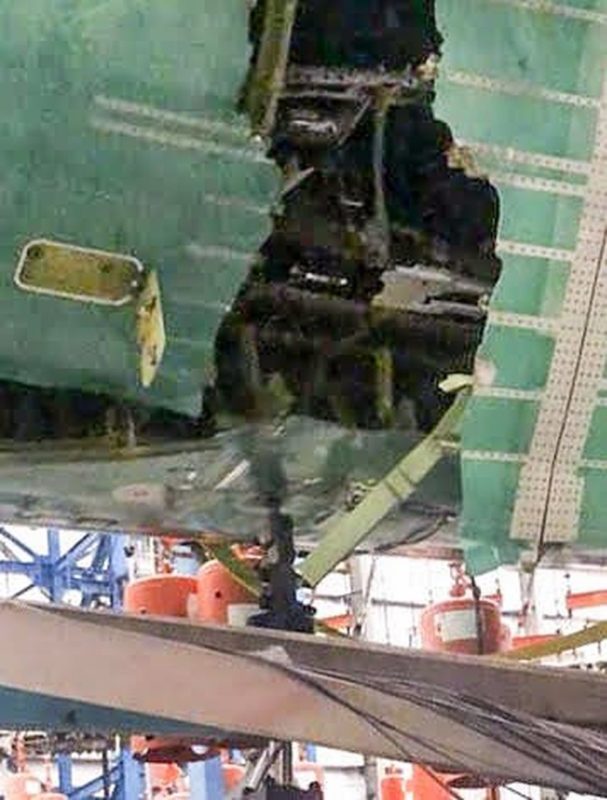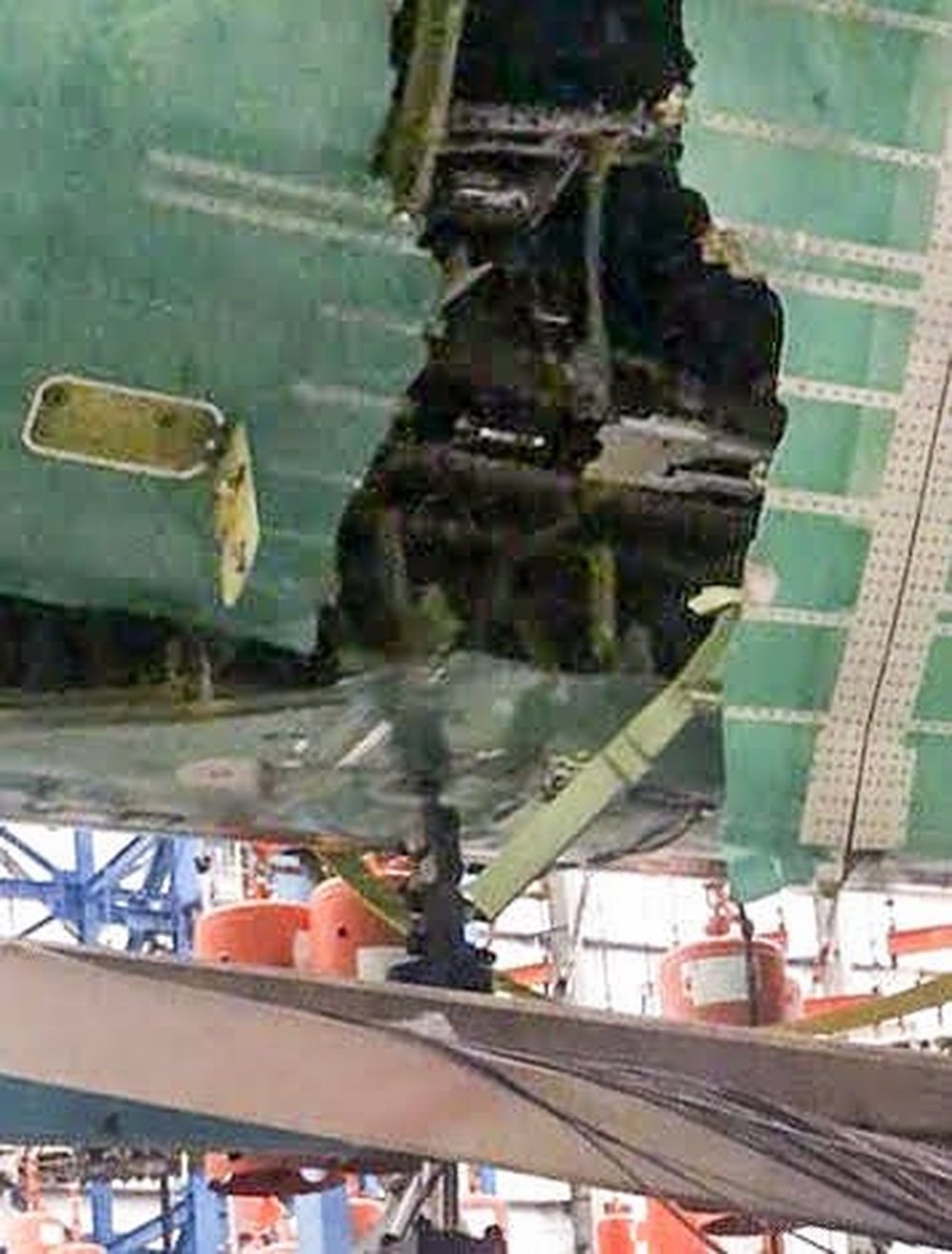According to The Seattle Times, an explosive depressurisation tore through the fuselage during a stress test that Boeing were conducting to the new 777X airframe back in September.
Boeing has kept the details secret and earlier reports were wrong about crucial details, photos obtained by the Seattle Times show that the extent of the damage was greater than previously disclosed.

The fuselage skin of the test plane was ripped open just behind the wing. The passenger door, that blew out and fell to the floor, was a secondary impact of the initial rupture.
The good news for Boeing is that because the test failed at just shy of 1% of meeting the federal requirements, they will probably not have to do a retest. Regulators will likely allow Boeing to prove, by analysis, that it will be sufficient enough to just reinforce the fuselage, in the localised area where it failed.
What we’ve seen to date reinforces our prior assessment that this will not have a significant impact on the design or our preparations for first flight.
Boeing
Boeing spokesman Paul Bergman said that the test result will not add any further delays to the program; a program that has already suffered from problems caused by the development of the jet’s GE9X engines. He said that the 777X should still fly for the first time in early 2020 and that the first delivery to an airline will be in 2021.
The resulting depressurisation was explosive enough that workers in the next bay heard it clearly. One worker said he heard “a loud boom, and the ground shook.”
A day after the incident, based on incomplete information, we incorrectly reported that a door had blown out.
A safety engineer at the Federal Aviation Administration (FAA), speaking anonymously without permission from the agency, said that because the blowout happened so close to the target load, it barely counted as a failure.
Here is how Airbus A350 did with the Stress Test:




